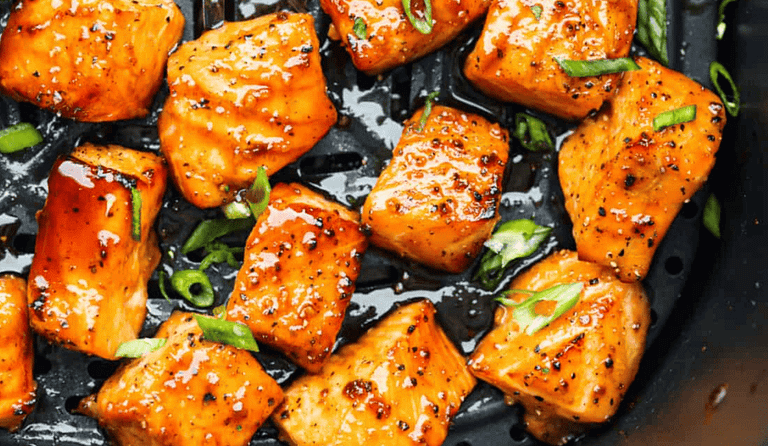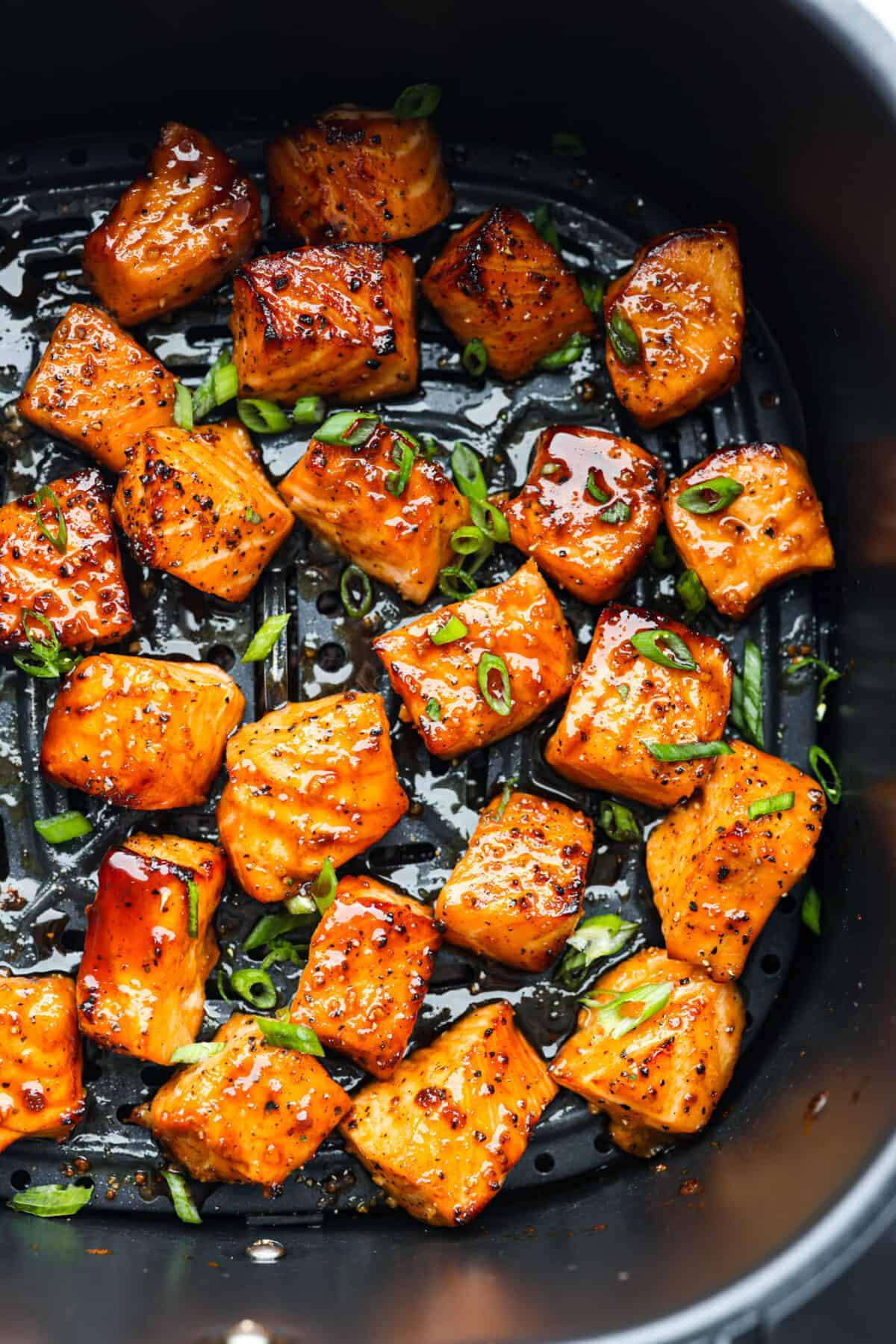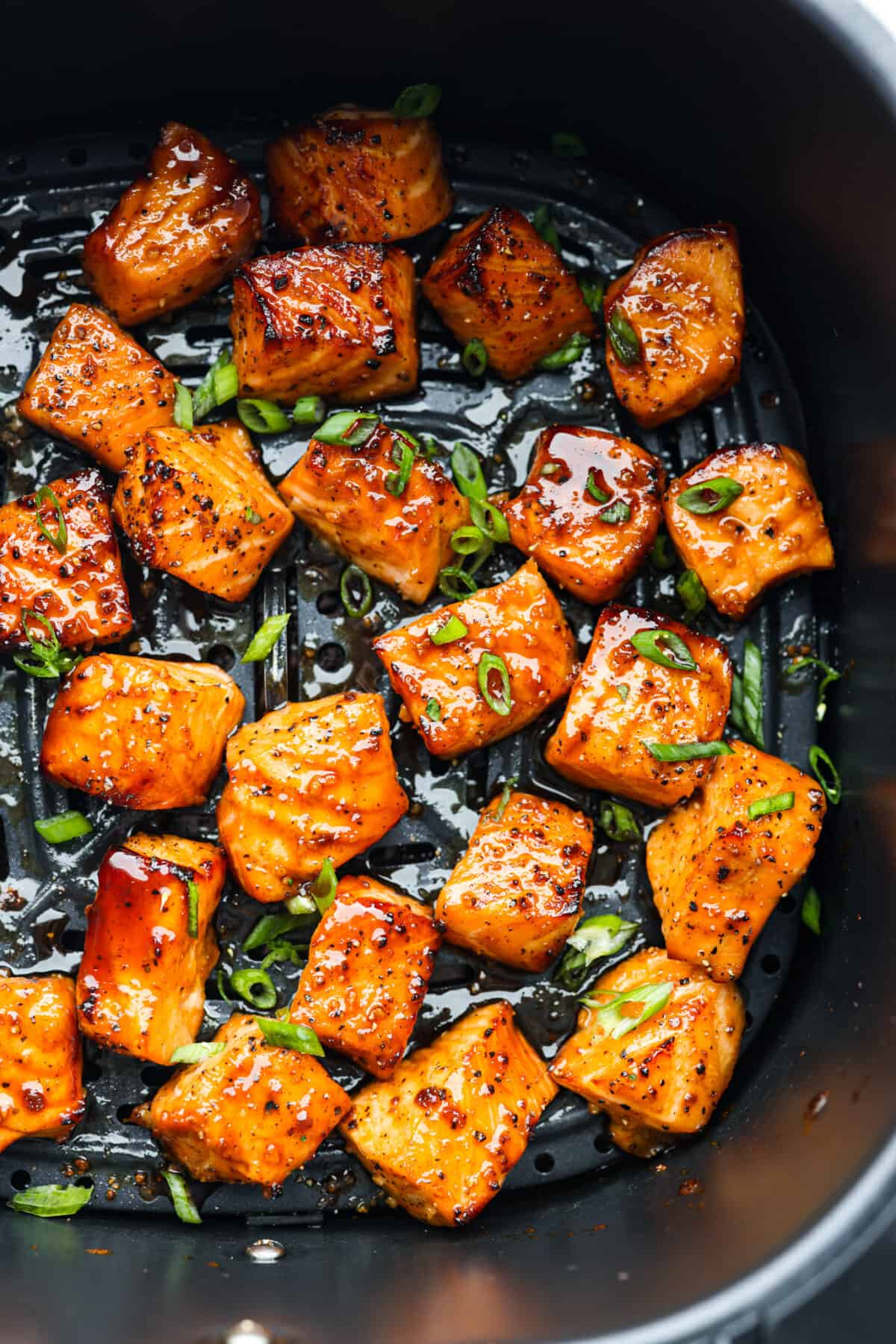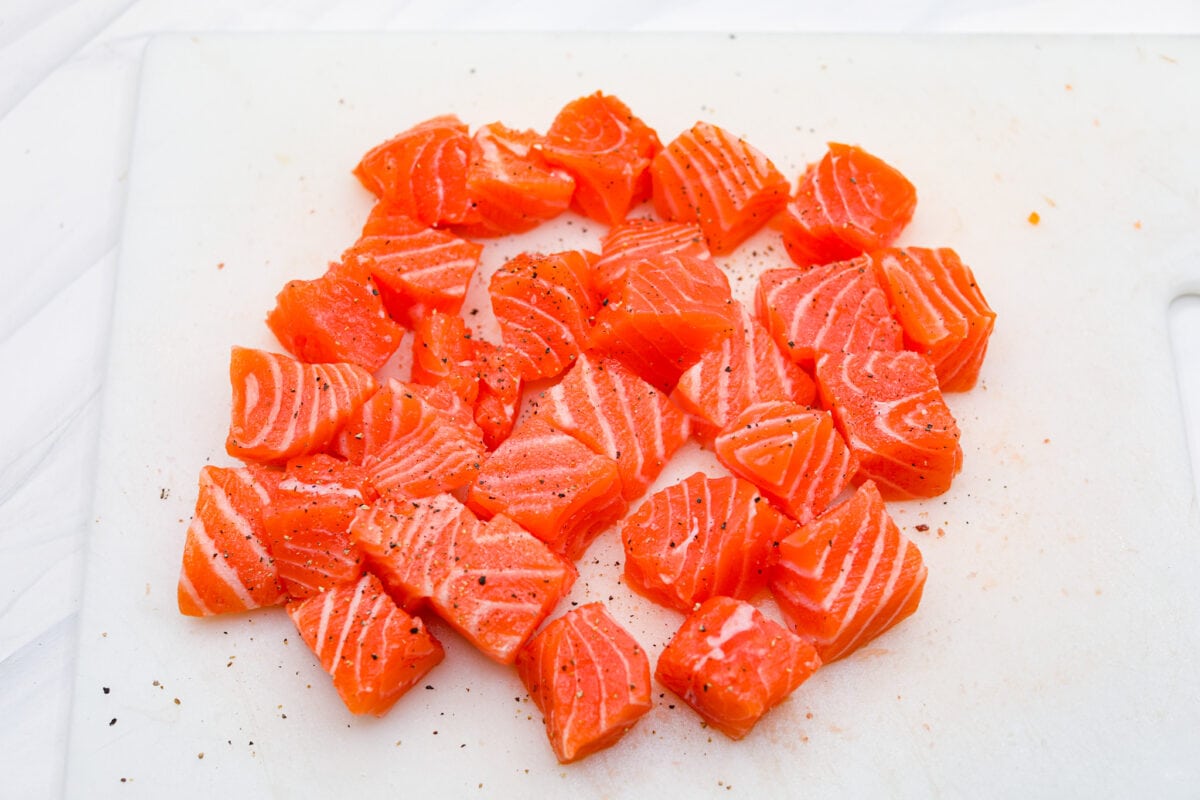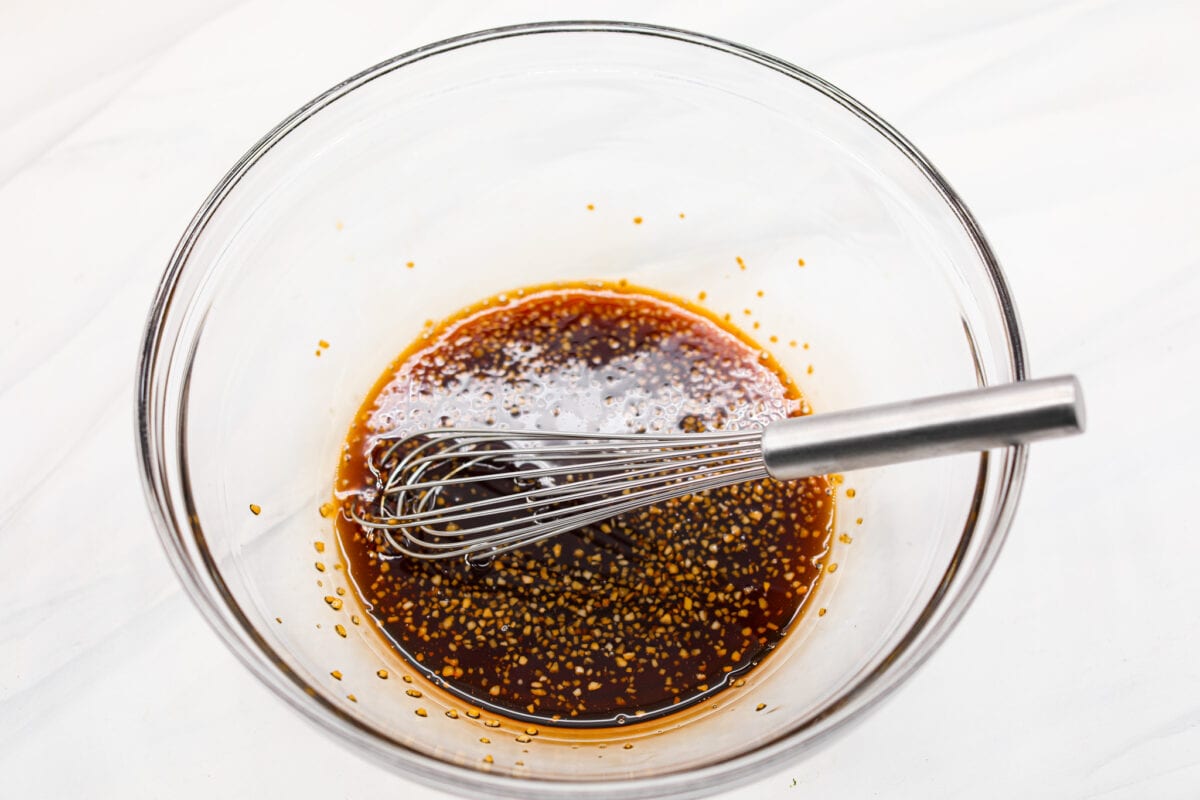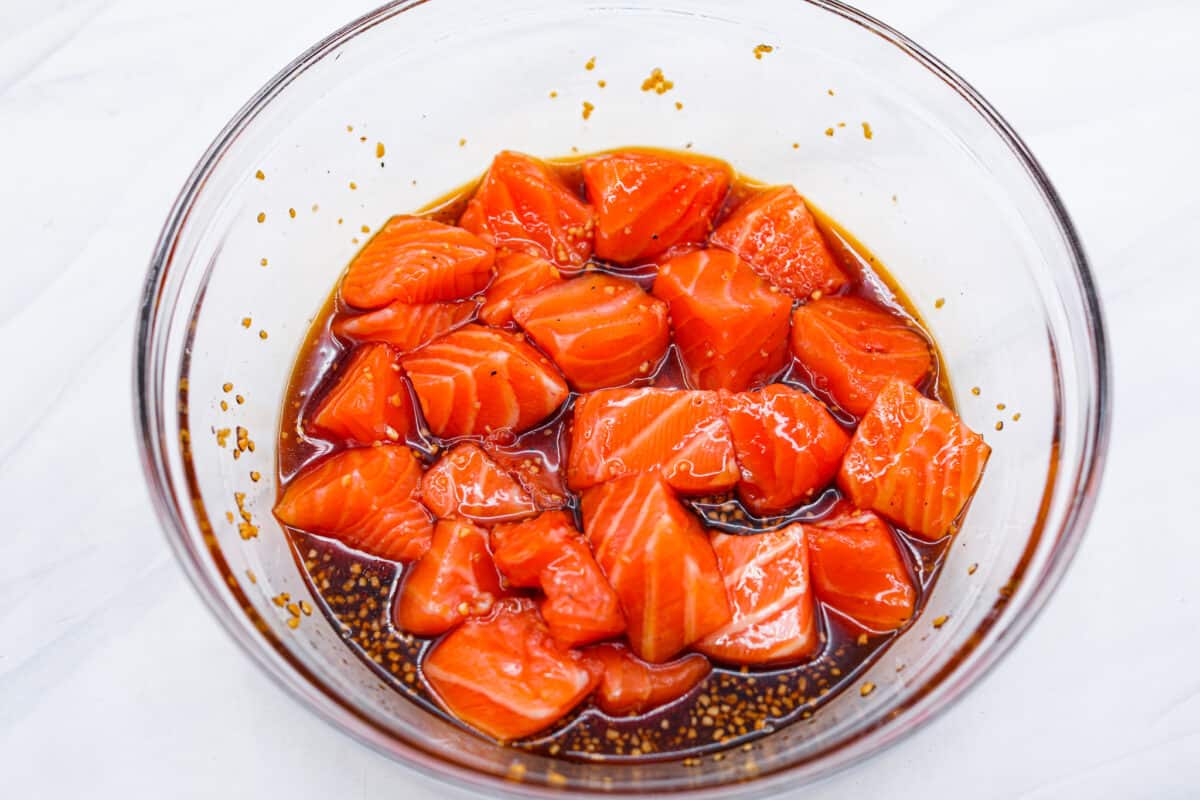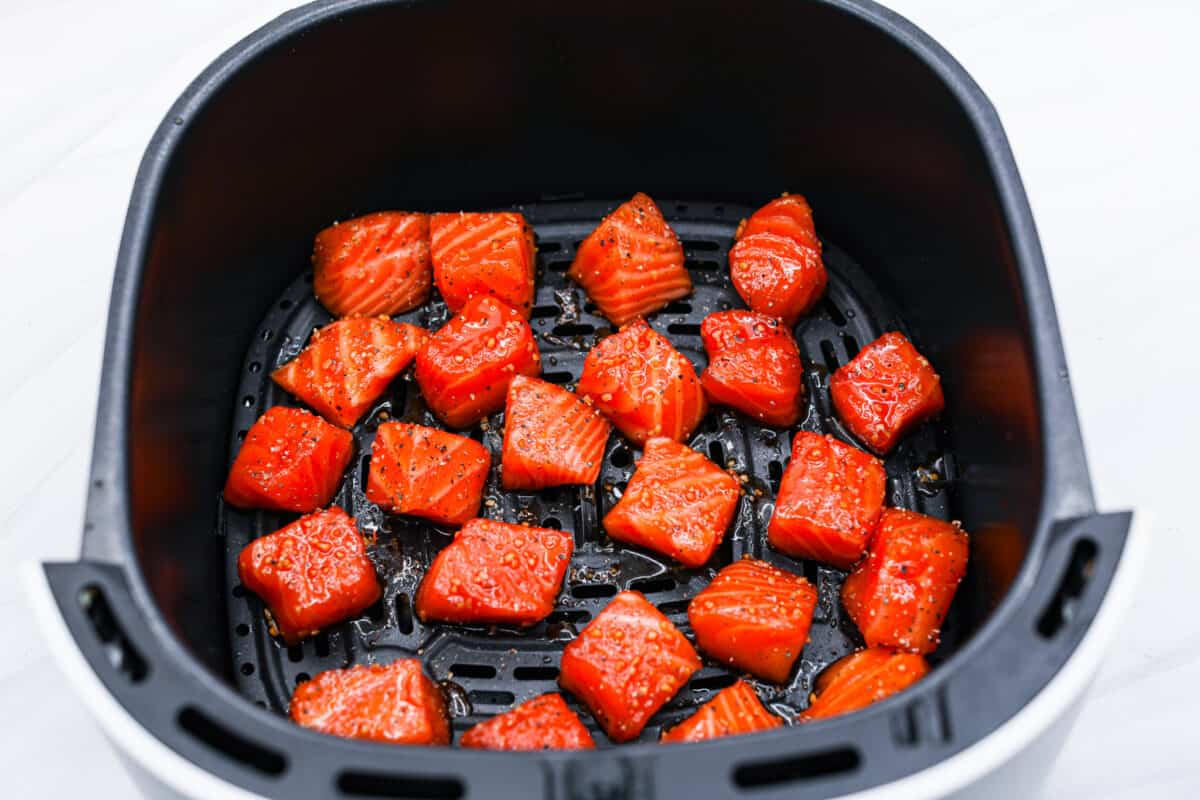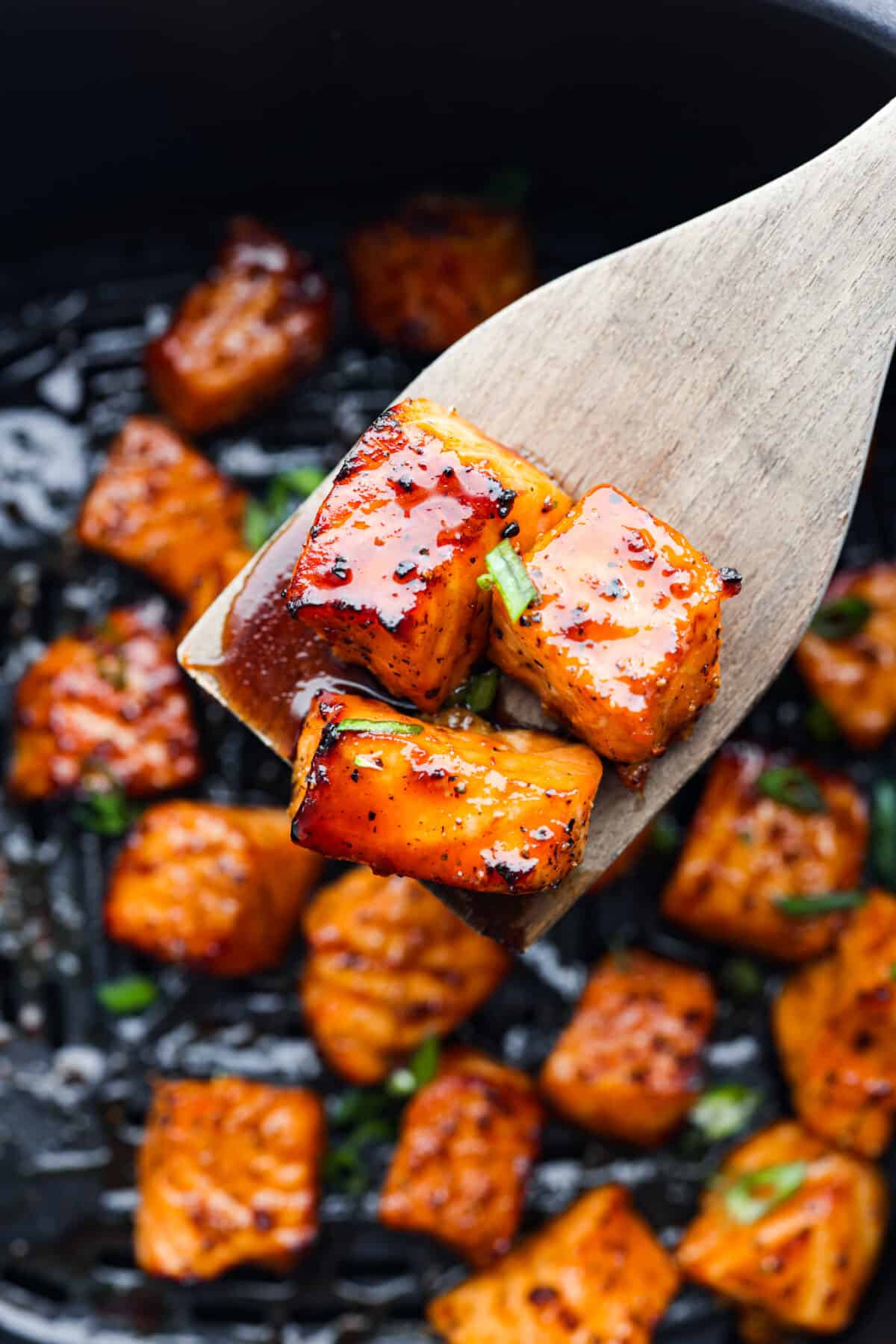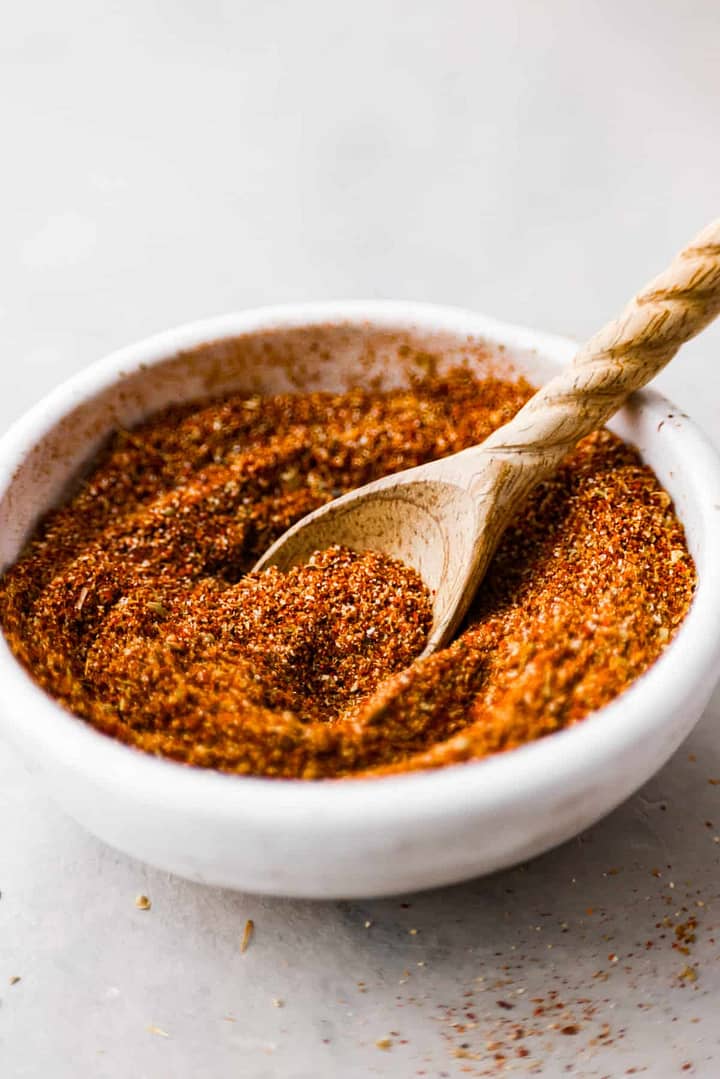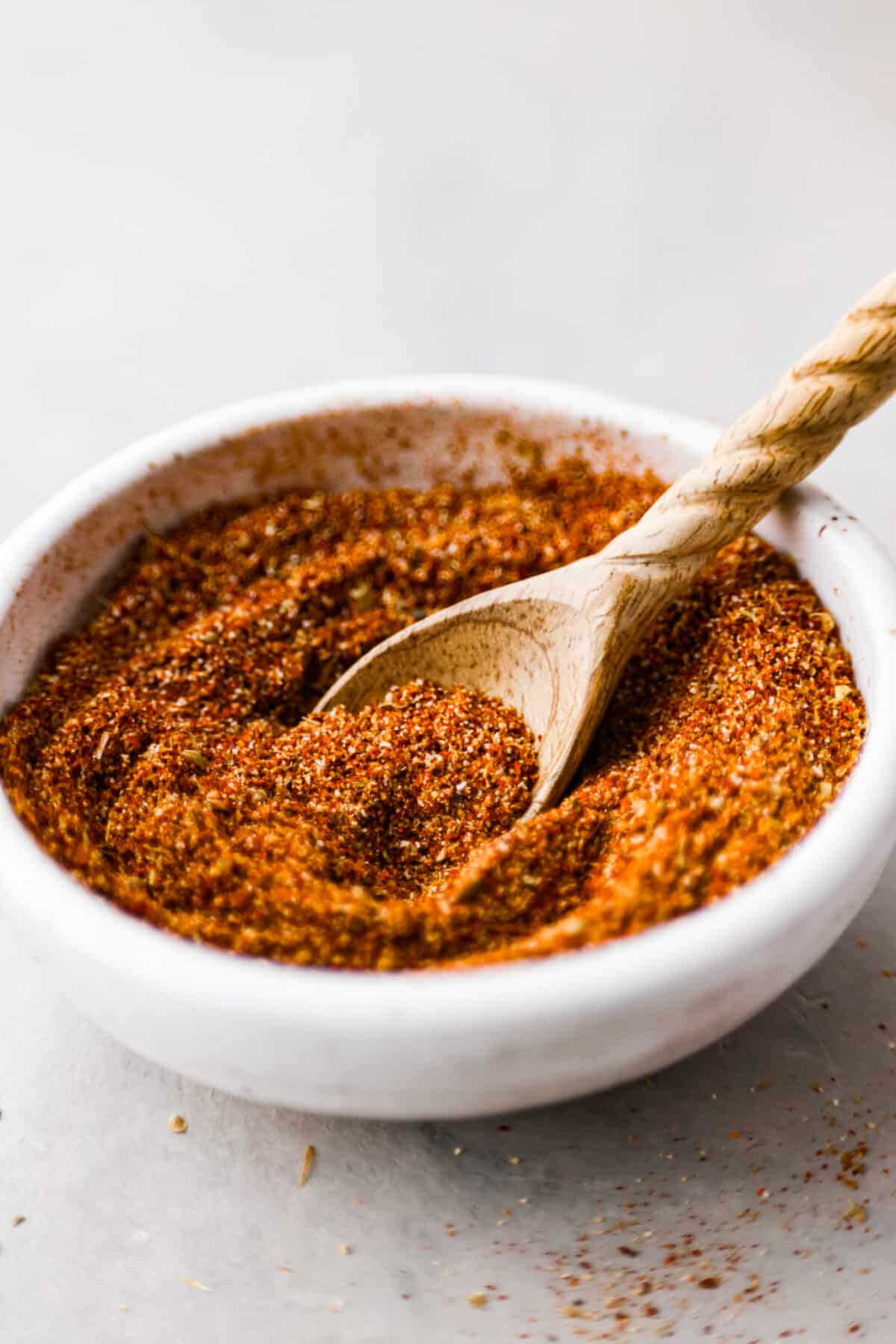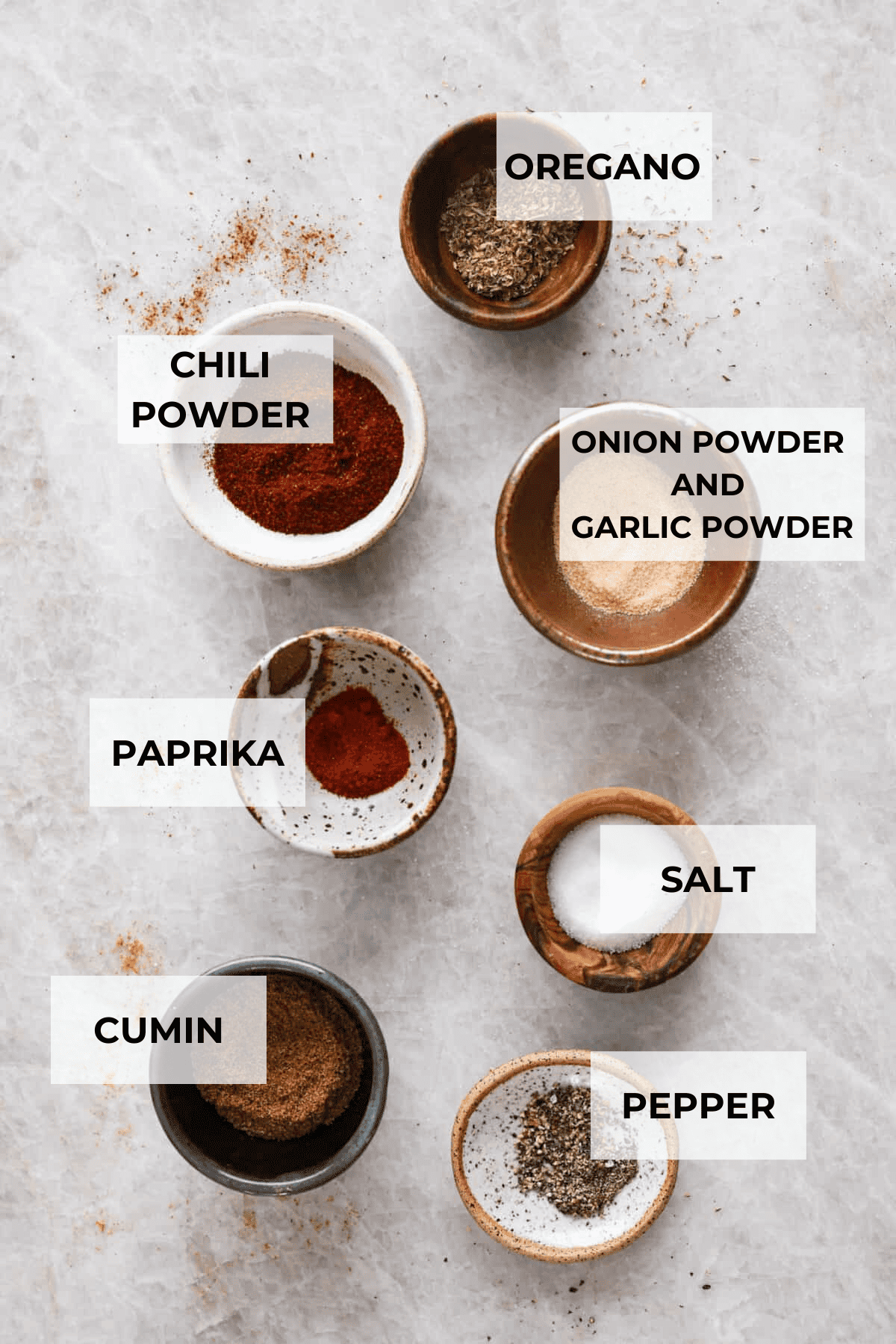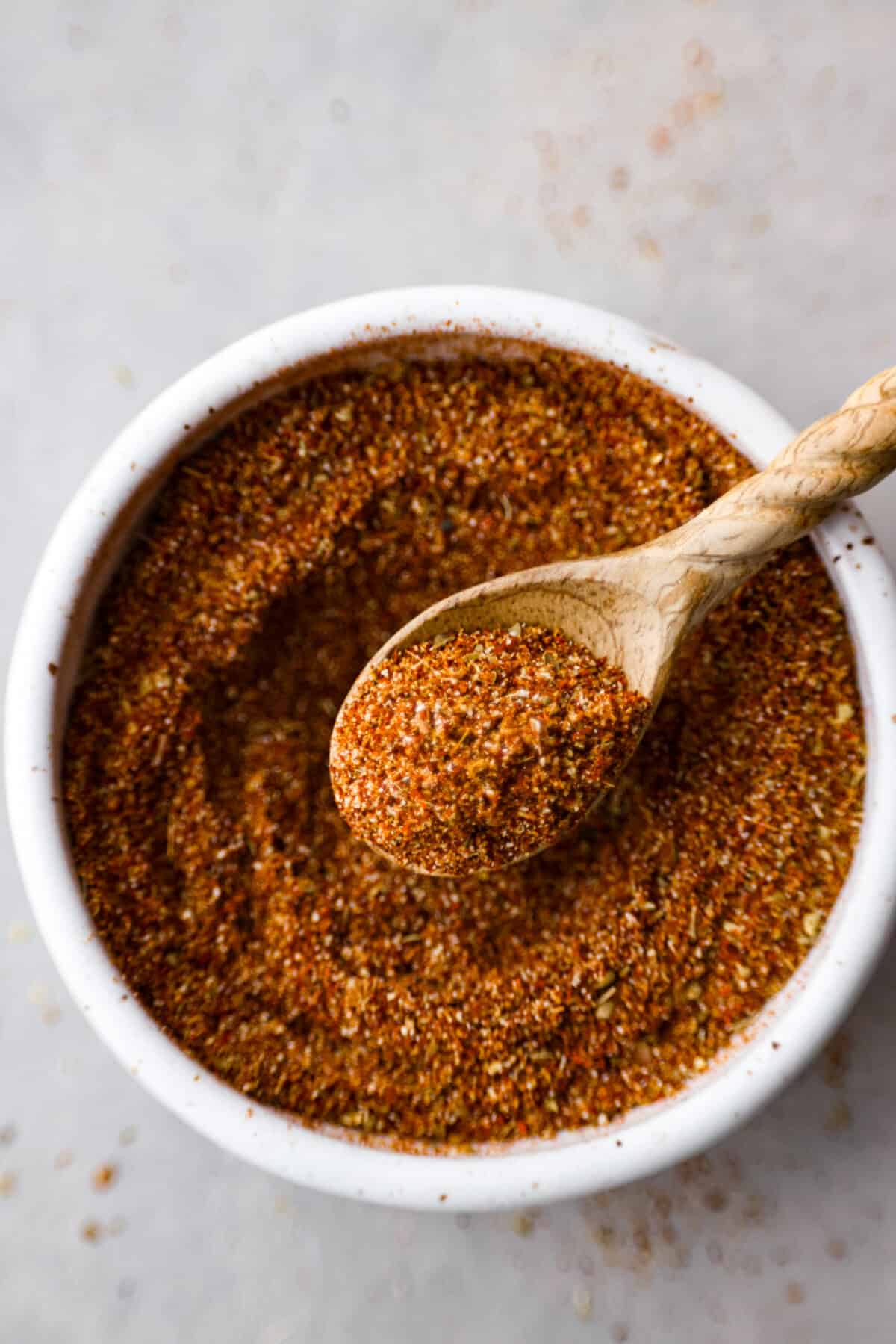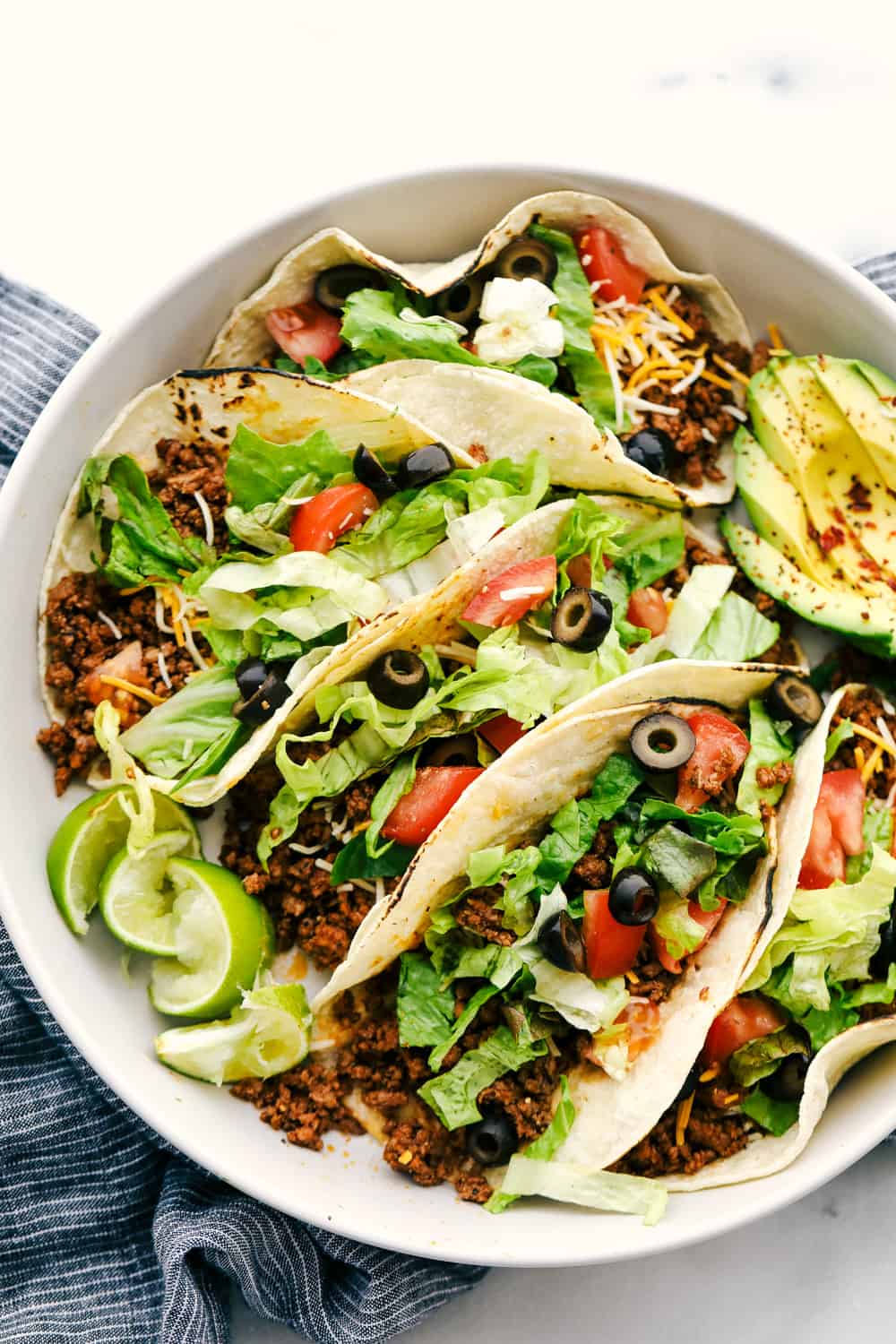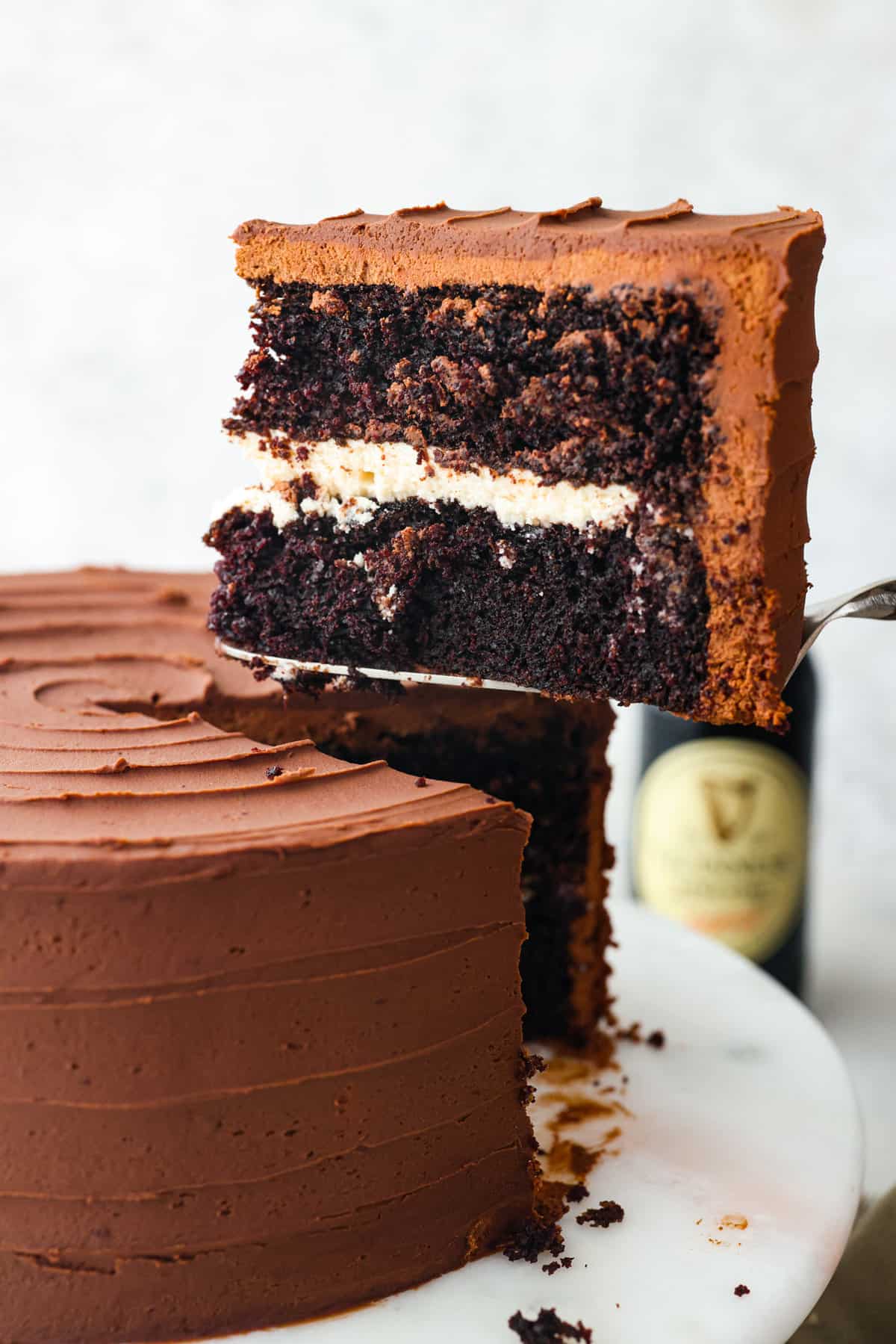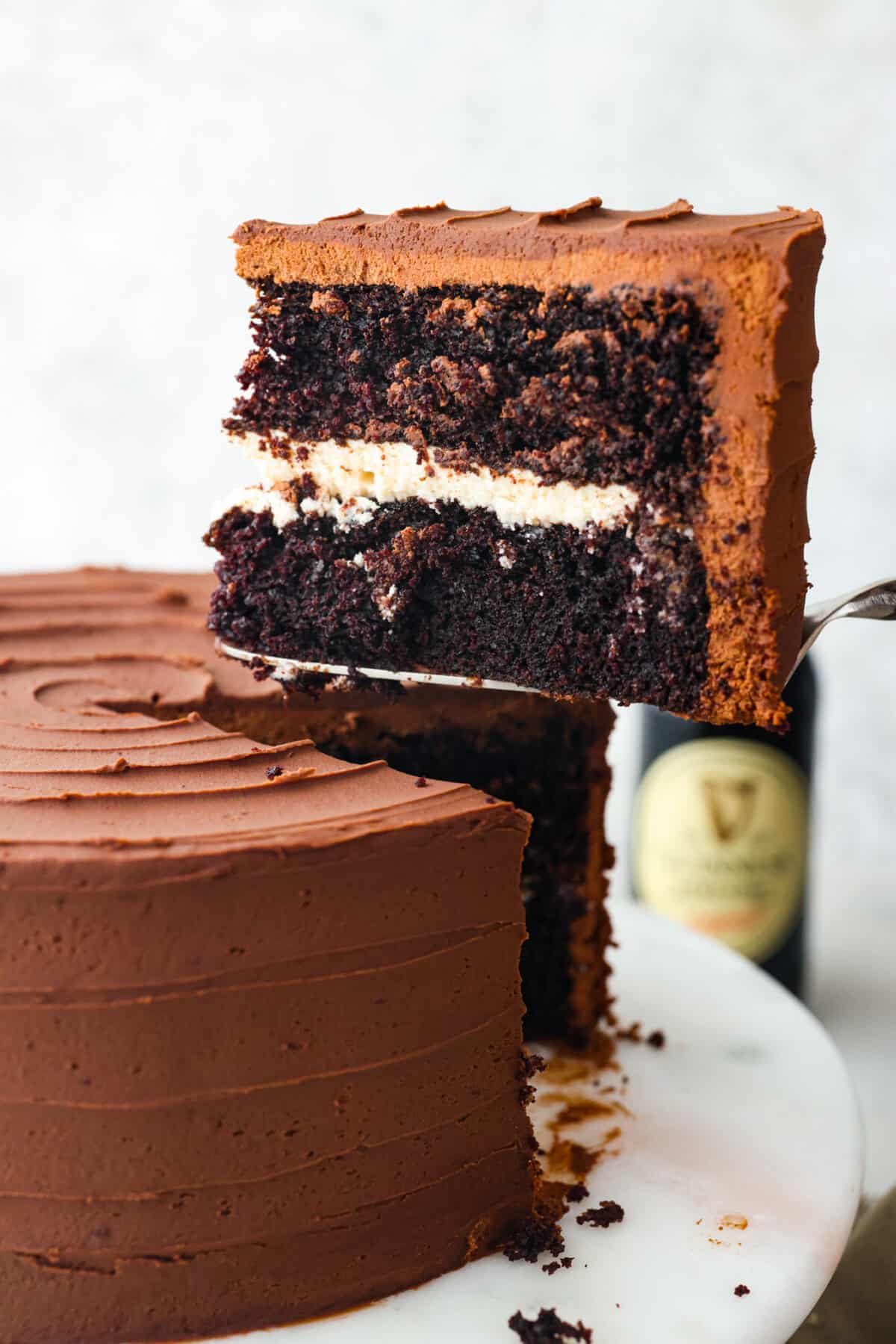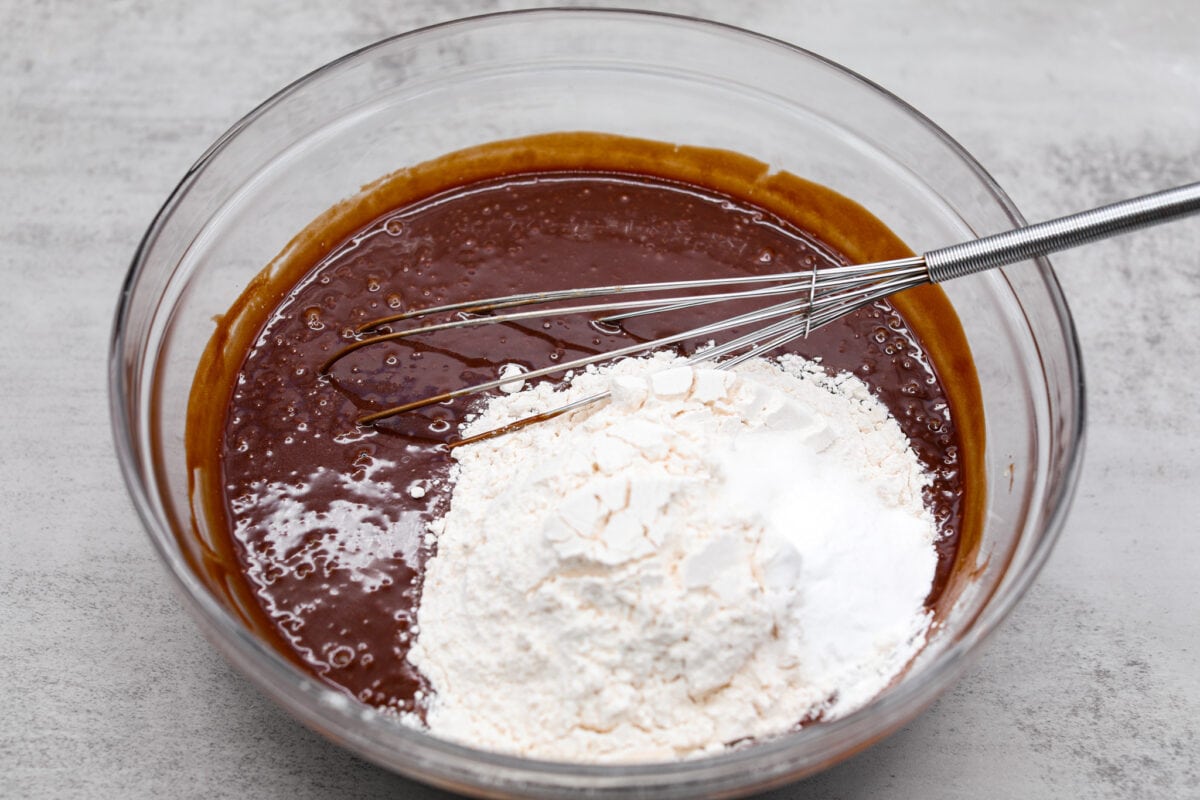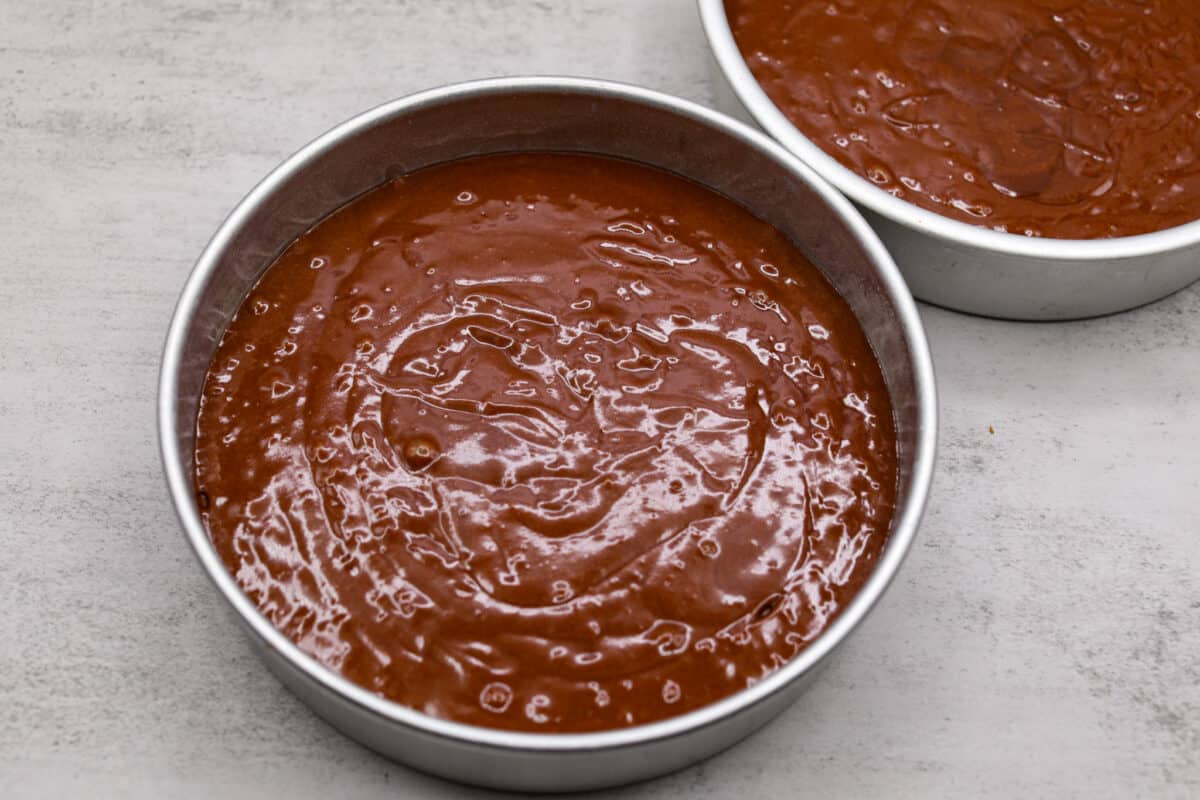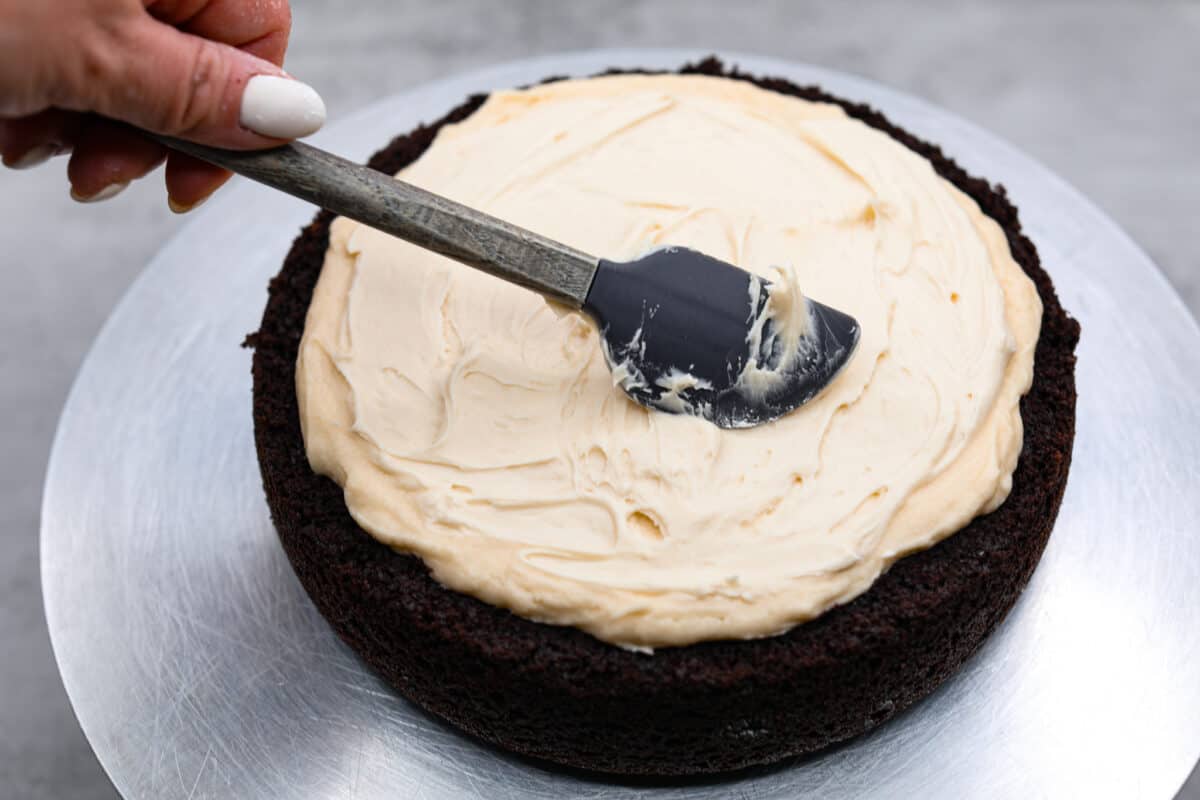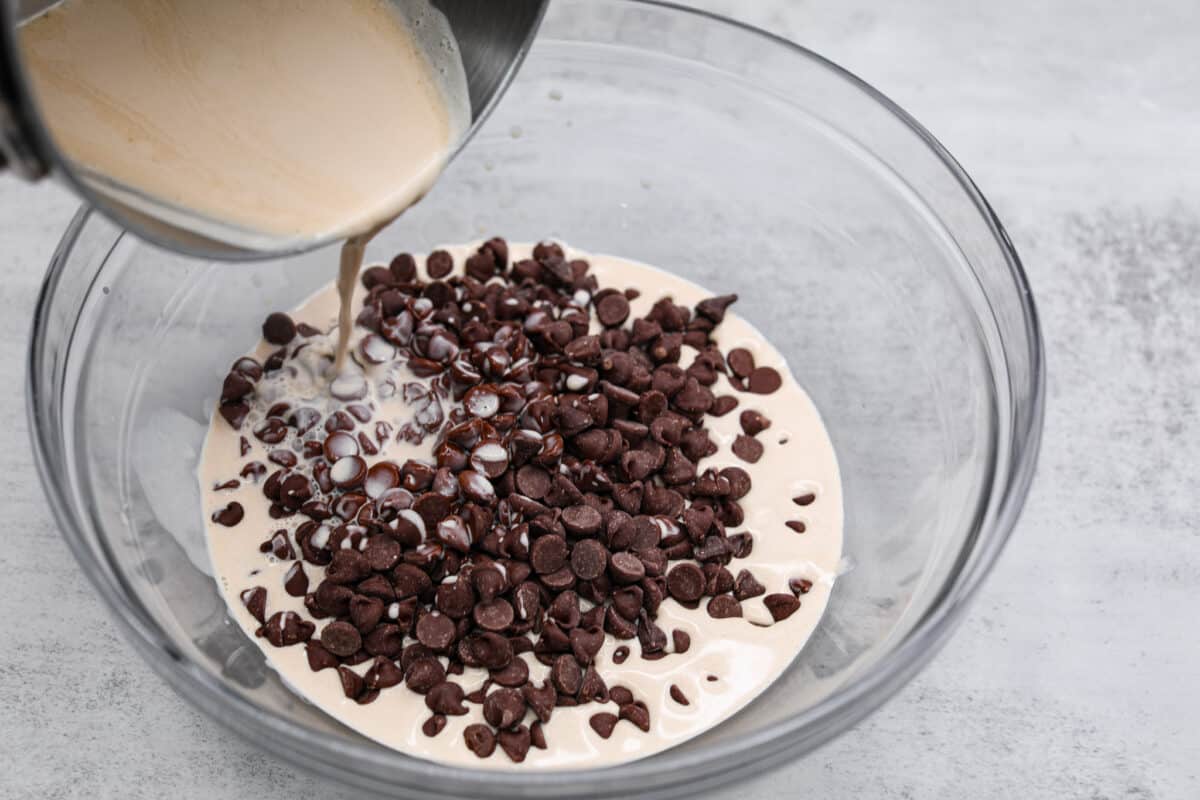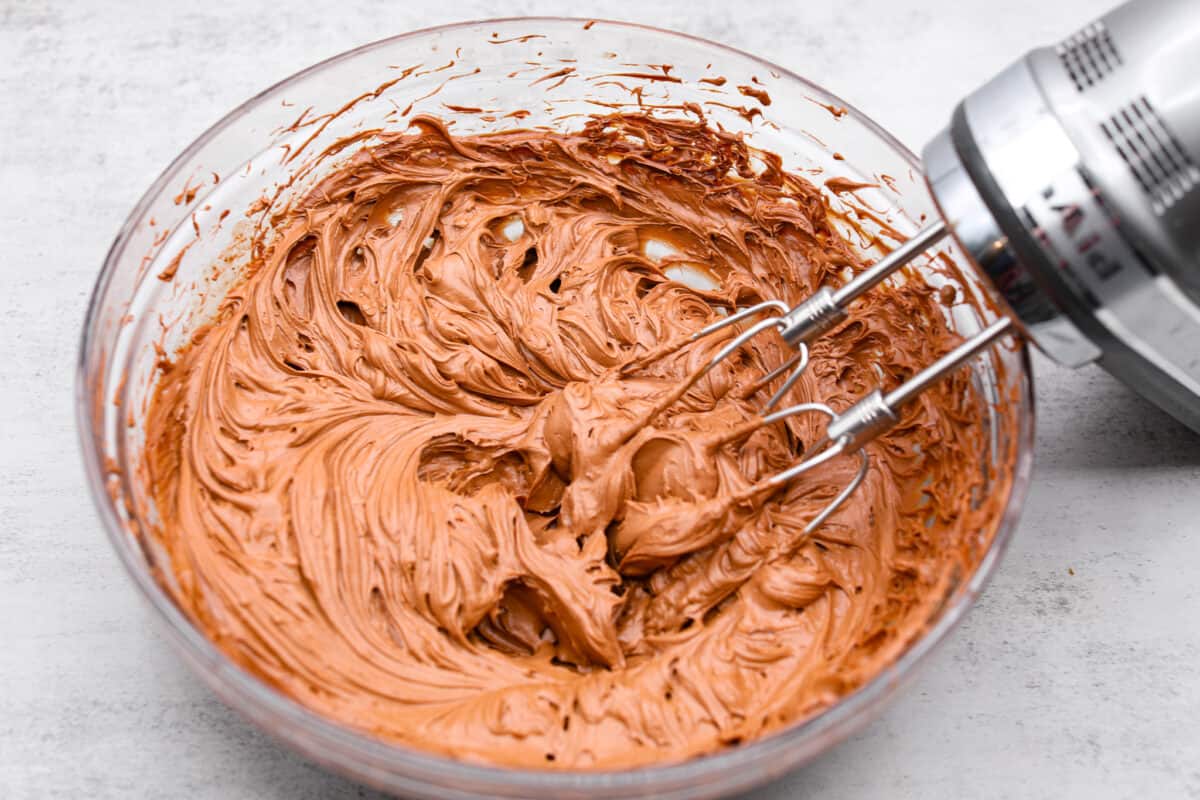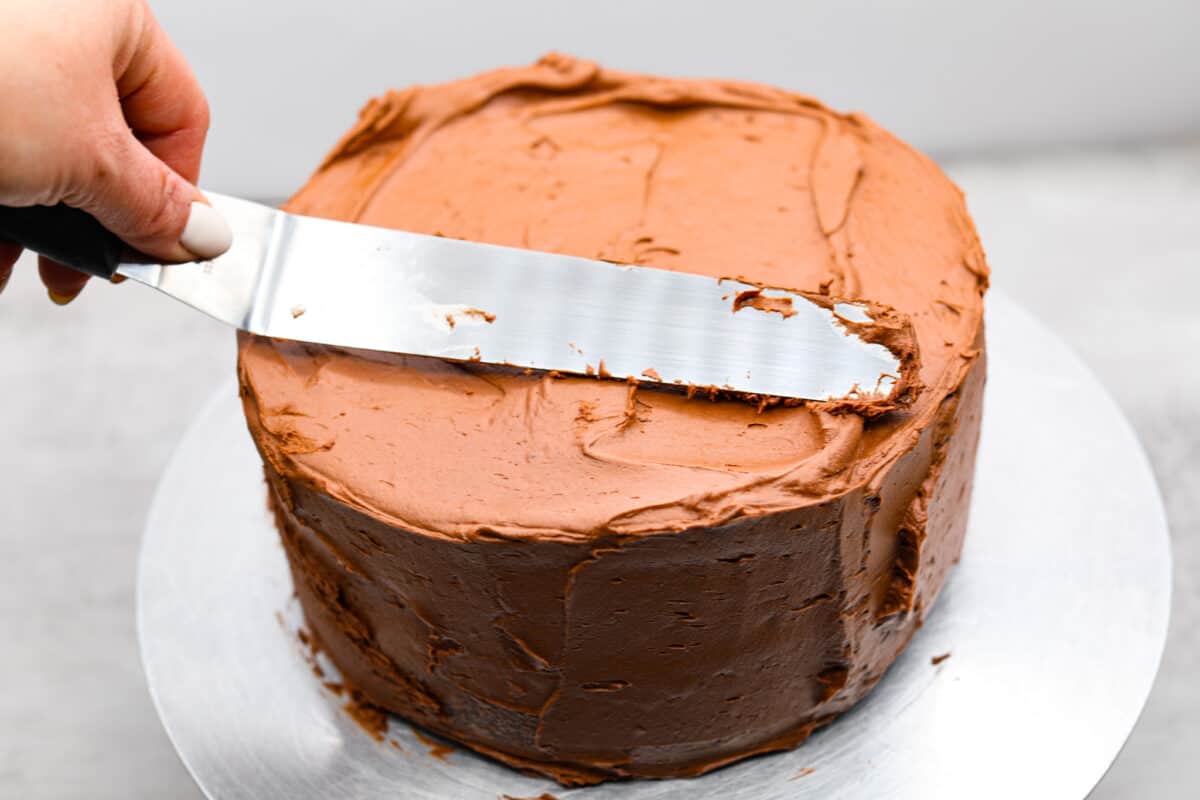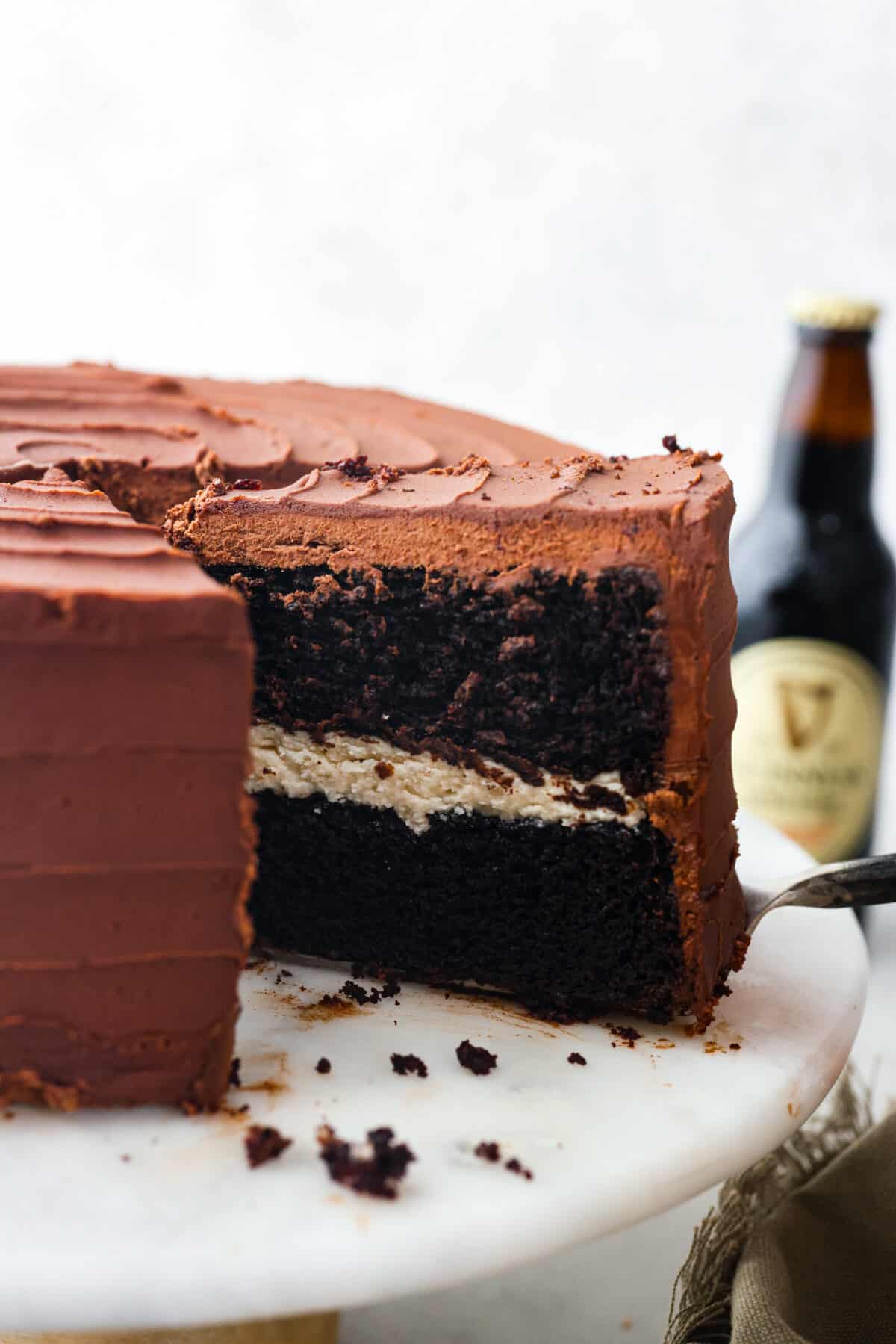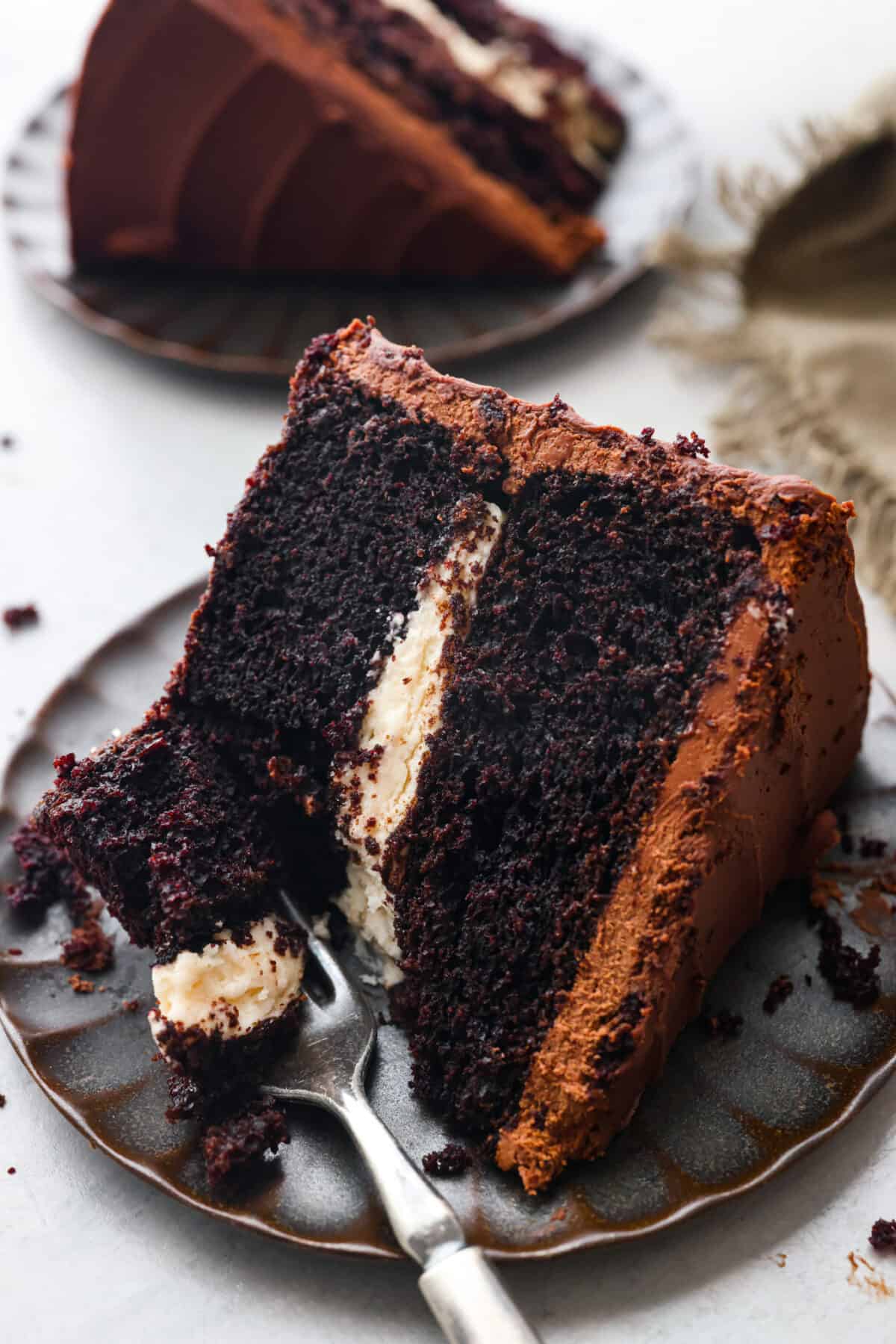There are so many vaccinations we’re supposed to make sure we receive. The flu, RSV, COVID-19, pneumococcal pneumonia…these are all important and could save your life. But there’s one vaccination I want to make sure you don’t overlook: Shingles!
This infection is rarely life-threatening, but it really hurts! In some people, the pain sticks around for a long time after the telltale rash disappears. And in a few unfortunate individuals, the pain never goes away.
I’ve had shingles three times — because I didn’t get the vaccine when I should have. I’ve now been vaccinated, and I haven’t gotten it since.
But, believe me, three times is more than enough!
What is Shingles?
Shingles, also known as herpes zoster, is a condition caused by the varicella-zoster virus — the same infection that causes chickenpox. More than 99 percent of people born in the U.S. before 1980 have had chickenpox. If you’re one of them, varicella zoster has lain dormant in the nerves of your body ever since, and it’s there to stay. Then, for reasons that aren’t well understood, it sometimes wakes up…and causes you to have shingles, a form of nerve pain.
About a third of all people in the U.S. will develop shingles at some point in their lifetimes, but it’s more commonly diagnosed in:
- White people
- Women
- People who are immunosuppressed
But anyone who has had chickenpox can get it and your risk of getting shingles increases with age. About 50 percent of new shingles cases affect people who are 60 or older. So, just because you haven’t had it yet, don’t assume you’re in the clear!
What Are the Signs of Shingles?
Shingles starts with pain, burning, itching, or tingling on one side of your torso or your face. At first there may be no other symptoms. The pain can be so intense, you might even think you’re having a heart attack.
You could also experience:
- Fever
- Headache
- Sensitivity to light
- Fatigue
But then, usually within a few days, a blistery skin rash appears in that area. The blisters may break open, ooze fluid, then crust over.
People who haven’t previously been exposed to the varicella-zoster virus can catch chickenpox from you at that point. So, stay away from others who can catch it until the blisters have scabbed over. People who are susceptible are:
- Anyone who has never had chickenpox (unless they’ve been vaccinated)
- Babies under 12 months old
- Those who are pregnant, or who have a serious health condition like cancer or AIDS
A small percentage of people never get the rash, which makes diagnosis harder. But if you’re ever in severe pain, see your doctor immediately anyway, no matter what the cause!
Can Shingles Be Treated?
There is no cure for the varicella-zoster virus. Once it’s in your body, it’s there to stay. However, the good news is that shingles is treatable.
Once shingles develop, it can last between three and five weeks or longer! The sooner treatment begins, the better it will work. So get yourself to your primary care practitioner at the first sign that something is wrong.
They’ll likely give you an antiviral drug to help make the rash go away sooner. They may also give you a steroid medication to reduce your risk of postherpetic neuralgia — a complication in which the pain sticks around even after the rash is gone (sometimes for months or more!).
Aside from those treatments, your doctor may recommend acetaminophen or ibuprofen for the pain, and Calamine lotion or something similar if you’re itching.
The Best News? Shingles Can Be Prevented!
Getting vaccinated against shingles is a much, much better move than treating it after it begins. The vaccine, called Shingrix, is more than 90 percent effective in preventing shingles and postherpetic neuralgia. And the CDC recommends it for anyone over the age of 50. Vaccination is also recommended to prevent herpes zoster and related complications in immunodeficient or immunosuppressed adults aged 19 or older.
You can get Shingrix in most pharmacies. And if you have a Medicare prescription drug plan (Part D), vaccination won’t cost you a thing.
But for the vaccine to work properly, you have to get it in two doses, anywhere between two and six months apart. So, set a reminder on your phone or mark your calendar — you don’t want to forget that second dose! Better still, make the appointment for the second dose while you’re getting the first one.
You may have some side effects from the vaccine. Most people get a sore arm where the shot was administered, and possibly redness and swelling. Some people also feel tired or have a headache, fever, stomach pain, or nausea. But these symptoms go away in about two to three days — which is a lot better than the weeks of misery that shingles can bring!
By the way, chickenpox is preventable now too — thanks to the chickenpox vaccine, which has cut chickenpox cases by 97 percent in the last 25 years! And obviously if someone never gets infected with the varicella-zoster virus in the first place, they’re very unlikely to get shingles later. So, encourage the parents of young children to get this and all other recommended vaccinations.
Shingles Is No Joke
I sincerely hope you never have to experience this condition. If you’re over 50 years old, please get yourself vaccinated (if you haven’t already) — even if you’ve already had shingles! I’m living proof that you can get it more than once. And spread the word about the shingles vaccine to your family and friends.
If you do develop this condition, get to your doctor’s office immediately! Timely treatment could make all the difference between suffering for weeks and suffering for months.

